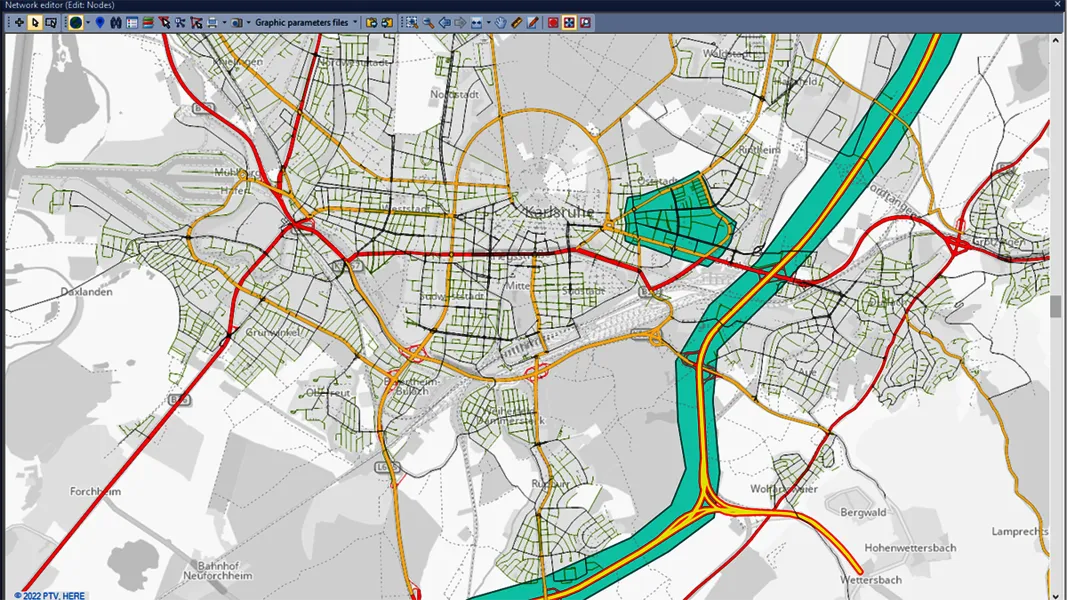On 16th May 2012, Savoy will be joining with TRL, Autodesk and Design Pro Software to give a live demonstration of the revolutionary BIM workflow for roundabout design that allows simultaneous design and analysis in 3D. It is claimed the new workflow is many times faster than traditional methods and allows users to assess multiple design alternatives very quickly leading to better designs, quicker and cheaper.
April 26, 2012
Read time: 1 min
On 16th May 2012, 551 Savoy will be joining with 491 TRL, 2184 Autodesk and 5276 Design Pro Software to give a live demonstration of the revolutionary BIM workflow for roundabout design that allows simultaneous design and analysis in 3D. It is claimed the new workflow is many times faster than traditional methods and allows users to assess multiple design alternatives very quickly leading to better designs, quicker and cheaper.
The webcast is an updated version of the one broadcast last year, and will feature some ground-breaking new functionality using AutoTrack 10, Arcady 8, AutoCAD Civil 3D 2013 and Sign Design Pro 1.4. Experts in each of the four products will be on-hand to answer questions.
There will be two webcasts, both on 16th May 2012, scheduled to suit European and American time zones. Please use the link below to register for either event:
3D Roundabout Design Live Webcasts event registration
The webcast is an updated version of the one broadcast last year, and will feature some ground-breaking new functionality using AutoTrack 10, Arcady 8, AutoCAD Civil 3D 2013 and Sign Design Pro 1.4. Experts in each of the four products will be on-hand to answer questions.
There will be two webcasts, both on 16th May 2012, scheduled to suit European and American time zones. Please use the link below to register for either event:
3D Roundabout Design Live Webcasts event registration










